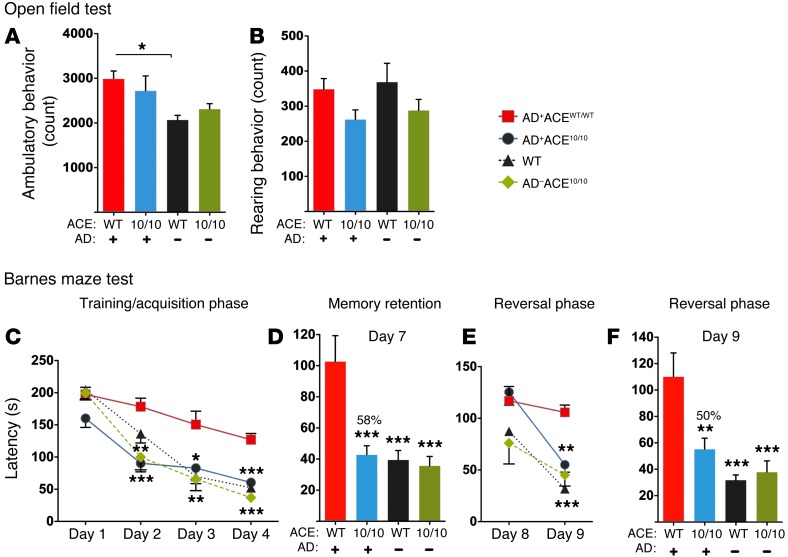Figure 8. Retained cognition in 12-month-old AD+ACE10/10 mice.
Open field test assessing ambulatory (A) and rearing (B) behavior. Only the ambulatory count for AD+ACEWT/WT versus AD–ACEWT/WT mice was significantly different. (C–F) Barnes maze assessment of spatial learning and memory following the same protocol as Figure 7. (C) Analysis of days 1–4 by 2-way ANOVA showed a significant difference between genotypes (P < 0.0001). Analysis of data from individual days by 1-way ANOVA showed significant differences between AD+ACEWT/WT and AD+ACE10/10 mice. There was no significant difference between the AD+ACE10/10 mice and the two populations of non-AD control mice. (D) After a hiatus of 2 days, memory retention was assessed on day 7. There was a 58% difference in the reduction of mean latency between AD+ACE10/10 and AD+ACEWT/WT mice. No statistical difference was observed between AD+ACE10/10 mice and the two non-AD control groups. (E and F) During the reversal phase, the location of the escape box was changed, and escape latency was measured. Data analysis by 2-way ANOVA showed a significant difference between genotypes (P < 0.0001). Again, there was no statistical difference between AD+ACE10/10 mice and the two control groups. On day 8, no significant differences were observed by 1-way ANOVA. Day 9 data analysis showed significant differences between AD+ACEWT/WT mice and the other groups. There was a 50% difference in the reduction of mean latency between the AD+ACEWT/WT and AD+ACE10/10 mice. n = 10–11 mice per group. *P < 0.05; **P < 0.001; ***P < 0.0001.

